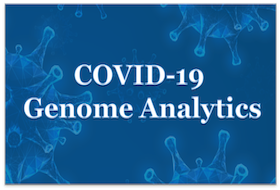


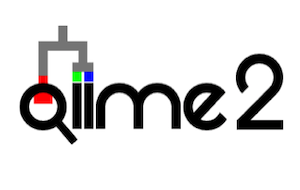


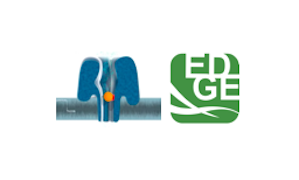
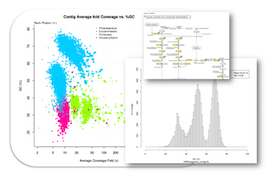
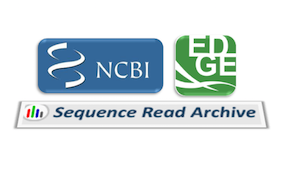

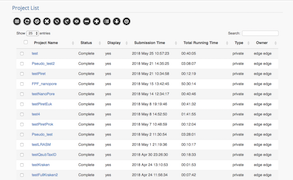

Job Progress













EDGE bioinformatics is intended to help truly democratize the use of Next Generation Sequencing for exploring genomes and metagenomes. Given that bioinformatic analysis is now the rate limiting factor in genomics, we developed EDGE bioinformatics with a user-friendly interface that allows scientists to perform a number of tailored analyses using many cutting-edge tools. A complete version of EDGE is available as a variety of packages that can fit individual needs, including source code, or images in VMware and Docker formats. For basic information about EDGE, visit the EDGE ABCs, that provide a brief overview of EDGE, the various workflows, and the computational environment restraints for local use.
Source code: LANL-Bioinformatics GitHub site.
VM image: location and instructions.
Docker image: location and instructions.
Please visit EDGE Homepage for latest news and updates.
The EDGE tutorial video series is hosted in Youtube. The detailed documentation and guide are hosted in edge.readthedocs.io in (click here for PDF version). User discussion group can be found here.
Po-E Li, Chien-Chi Lo, Joseph J. Anderson, Karen W. Davenport, Kimberly A. Bishop-Lilly, Yan Xu, Sanaa Ahmed, Shihai Feng, Vishwesh P. Mokashi, Patrick S. G. Chain (2016), Enabling the democratization of the genomics revolution with a fully integrated web-based bioinformatics platform, Nucleic Acids Research (doi: 10.1093/nar/gkw1027)